As time has passed since my silent retreat, I wanted to reflect on why I decided to attend and how the experience unfolded. Through this article, I hope to share my journey and insights, so you might draw your own conclusions—and maybe even feel inspired to embark on a similar path.
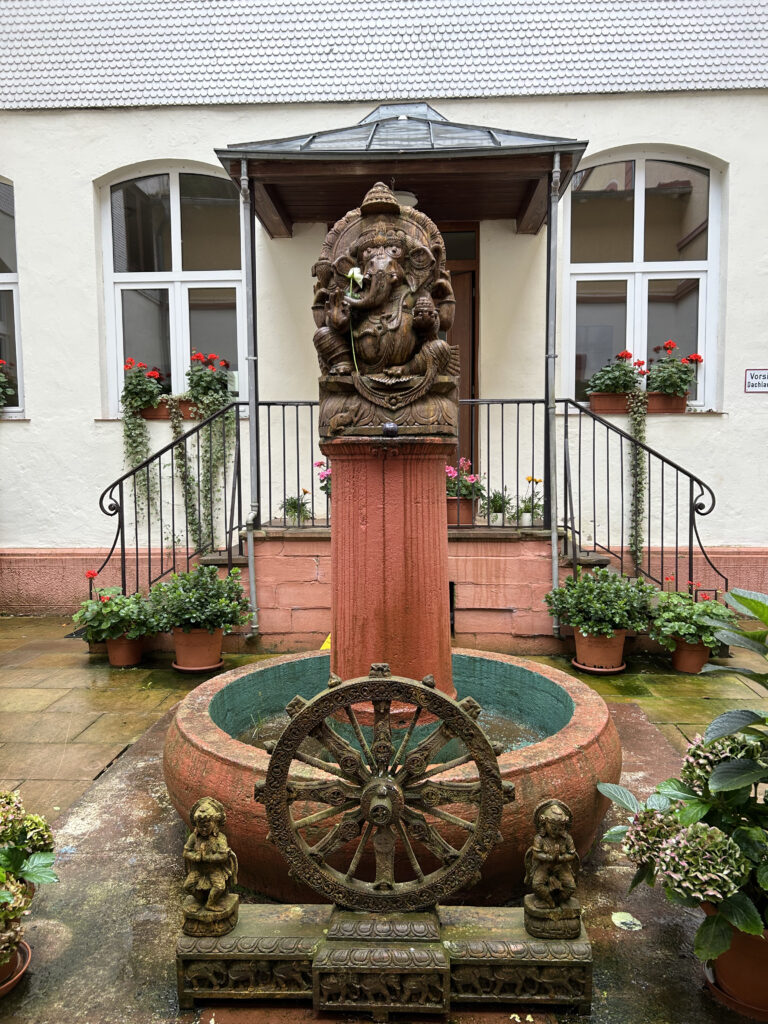
Why I decided to make a silent retreat
My first experience with meditation happened during school, when a teacher guided us through a session. I was about sixteen at the time, but I never pursued it further after that. Years later, I came across a documentary about silent retreats, and it sparked my interest. The idea of dedicating time to focus on inner thoughts in complete silence really appealed to me.
The documentary featured a weekend retreat that started on a Friday evening with a group introduction, followed by a weekend of silence, concluding on Sunday. I thought to myself, “Yes, that’s exactly what I want to do.” It wasn’t that I didn’t like talking to people, but the idea of having uninterrupted time to focus on myself was intriguing.
However, I hesitated. Would a weekend be enough? Was it really a challenge? I wanted a deeper experience, so I decided to attend a silent retreat that lasted several days instead.
How I choose the retreat
When I started researching retreats, I wasn’t sure whether to attend a traditional monastery, a Buddhist retreat, or something else. Each type of retreat had its own benefits. At one point, I even considered going to a wellness hotel and simply not talking to anyone—but that wasn’t the goal. I wanted to practice meditation and improve my breathing techniques.
Eventually, I decided on a retreat at Bad Antogast in the Black Forest. It felt like the right balance between meditation, yoga, and personal development.
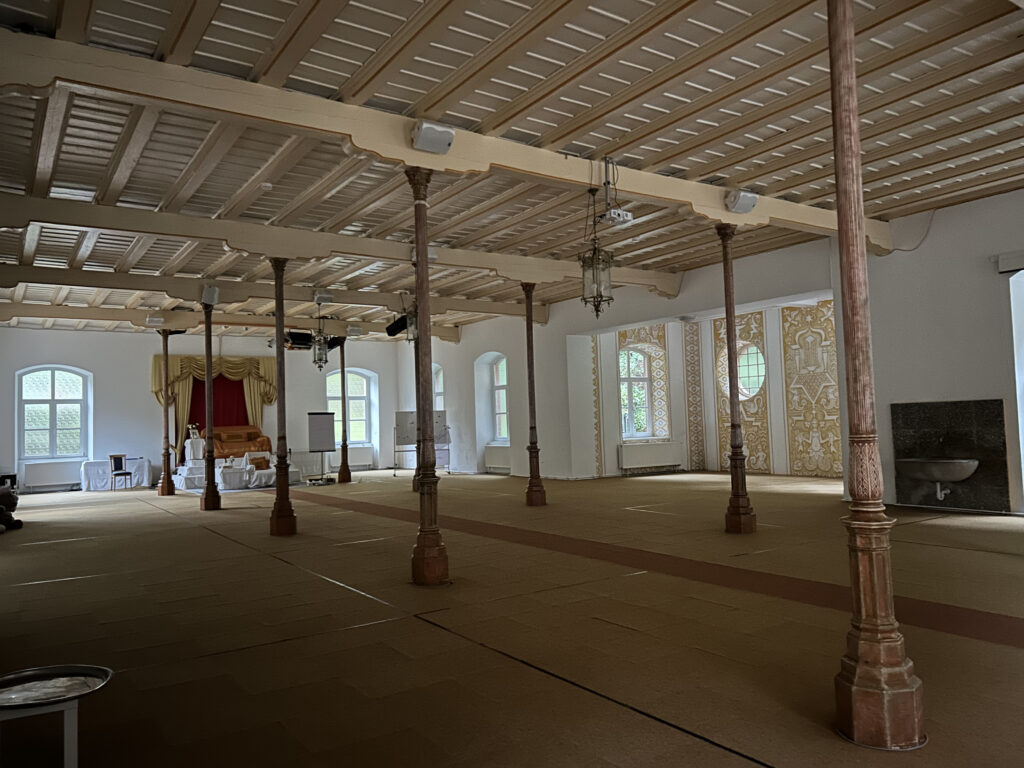
My experience of the retreat
Day I – arrival & first impression
As I drove into the Black Forest, it dawned on me that I wouldn’t be listening to music for the entire retreat—something that felt strange, as music is a big part of my daily life.
Upon arrival, I was surprised by how talkative everyone was. Though I had expected silence from the start, I quickly realized the initial introduction period allowed us to connect before we entered the silent phase. The participants were incredibly friendly, and our shared openness to this experience made it easy to bond. We were given a tour of the house, including the dining area, relaxation room with a fireplace, and the meditation and exercise spaces.
I opted for a private room with its own bathroom—simple and minimal, just as I expected, which helped keep distractions at bay.
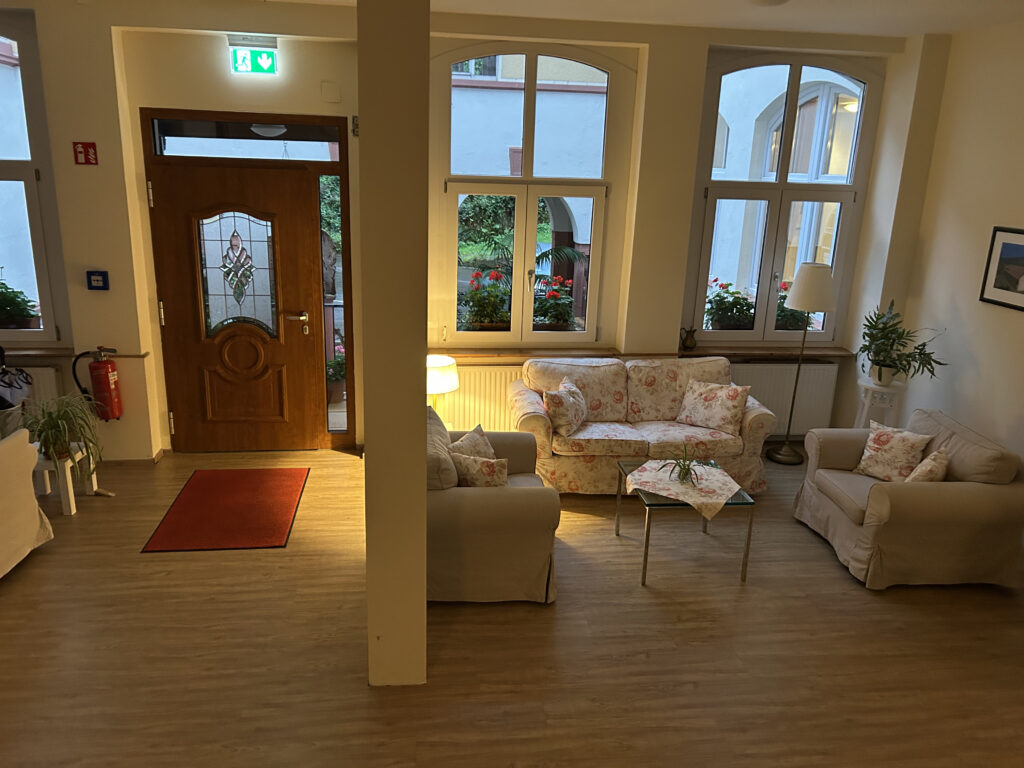
My goals for the retreat were:
- To challenge myself by doing nothing
- To have uninterrupted time for self-reflection
- To improve my meditation and breathing skills
After dinner, we began with an introductory session. We each shared our goals for the retreat, and I realized that many participants had different expectations than mine. The session ended with a 1.5-hour guided breathing exercise, setting the tone for the days ahead.
Day II & III – Personal Sessions & Trainings
The second and third days were similar in structure, with four daily sessions focused on deepening our meditation, breathing, and yoga practices. However, on the third day, we entered the silence phase.
One surprising aspect of the retreat was the personal sessions, where we were encouraged to trust the other participants and share our life stories. I hadn’t expected this level of personal interaction, but it was clear that some people found healing through these conversations. Although I came for the silence, I appreciated the openness and vulnerability of others, hoping it helped them find peace.
Day IV – VI – Experiencing Silence
The silent phase was remarkable. Each day consisted of four sessions, beginning at 7 a.m. and ending at 9 p.m. These included various forms of meditation, such as body scans, room meditation, and so-ham meditation. The variety kept things interesting, and I was able to deeply relax and focus on different aspects of my body and mind.
The yoga sessions were gentle and relaxing, but it was nice to incorporate some movement. We also had daily spiritual sessions, offering food for thought on topics like happiness. While much of it wasn’t new information, it served as a valuable reminder.
During the breaks, I took hikes, went for runs, and even tried a cold plunge in the nature bath. Using the breathing techniques I had learned, I managed to stay in the ice-cold water, and I was thrilled with my progress.
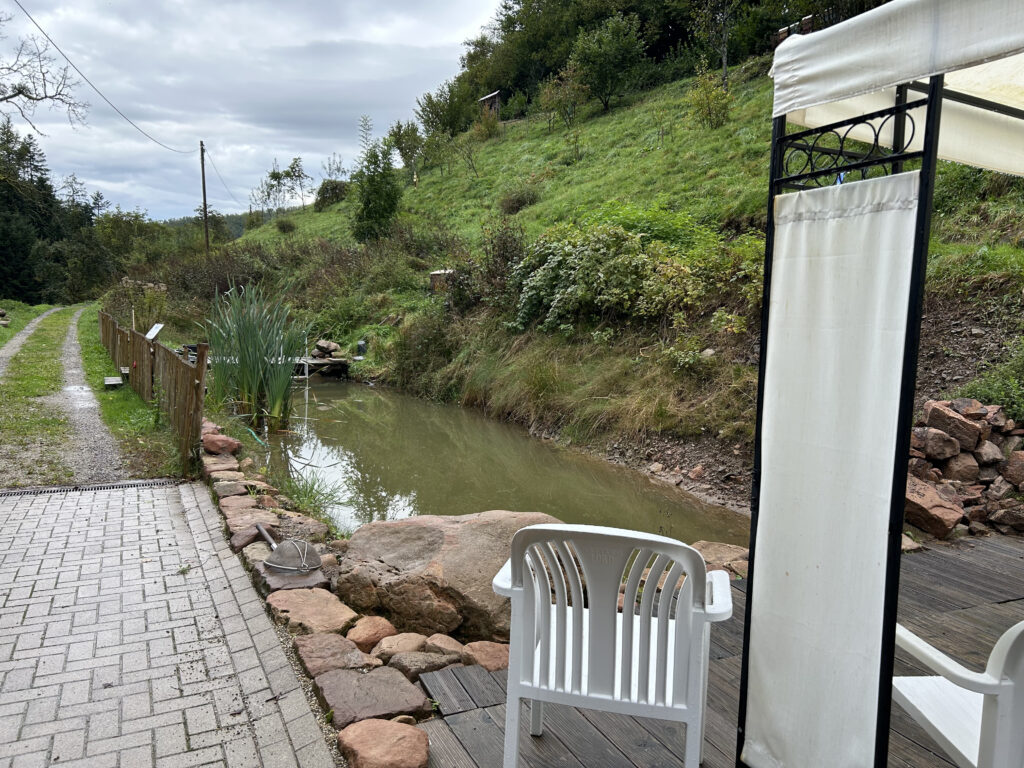
Seva – Practicing Selfless Service
Seva, or selfless service, was part of the retreat. For three days, we spent 30 minutes each day helping out with tasks around the retreat center. Actually, it was hard stopping after 30 minutes, so we spend a bit more time. I helped in the kitchen, cutting vegetables and preparing meals. It was a simple act, but meaningful. The retreat center had many people dedicated to practicing seva, some of whom had come from all over the world just to help others on their journeys.
Seva can be practiced in everyday life, too. For example, doing household chores with the mindset of making someone else happy can turn even mundane tasks into meaningful acts of kindness.
Food – Vegetarian and Energizing
One of the highlights was the food. The meals were vegetarian, and mostly vegan, in line with the idea of consuming food rich in prana (life energy). Although I’m no expert on prana, I am in fact aware of what too much meat consumption does for our bodies but also for the environment
The retreat center had its own garden, where they grew vegetables like pumpkins, tomatoes, and beets. The food was delicious, and I left with new recipe ideas and a greater appreciation for mindful eating. Coffee and other stimulants, including cigarettes, were discouraged to promote better focus during meditation. One participant even reduced her smoking habit drastically, cutting from fifty cigarettes a day to just five.
Day VII & VIII – Last day and departure
On the final day, we ended the silence with a beautiful ritual, where we each chose the first word we wanted to speak. It felt strange sitting at breakfast, knowing we could talk again, but many of us remained quiet, savoring the stillness.
After lunch, the official program ended. People left, except for one other participant and me. We decided to go on a hike together and visit the tower on the mountain. The next morning, I practiced seva by giving her a ride to the train station before heading home.
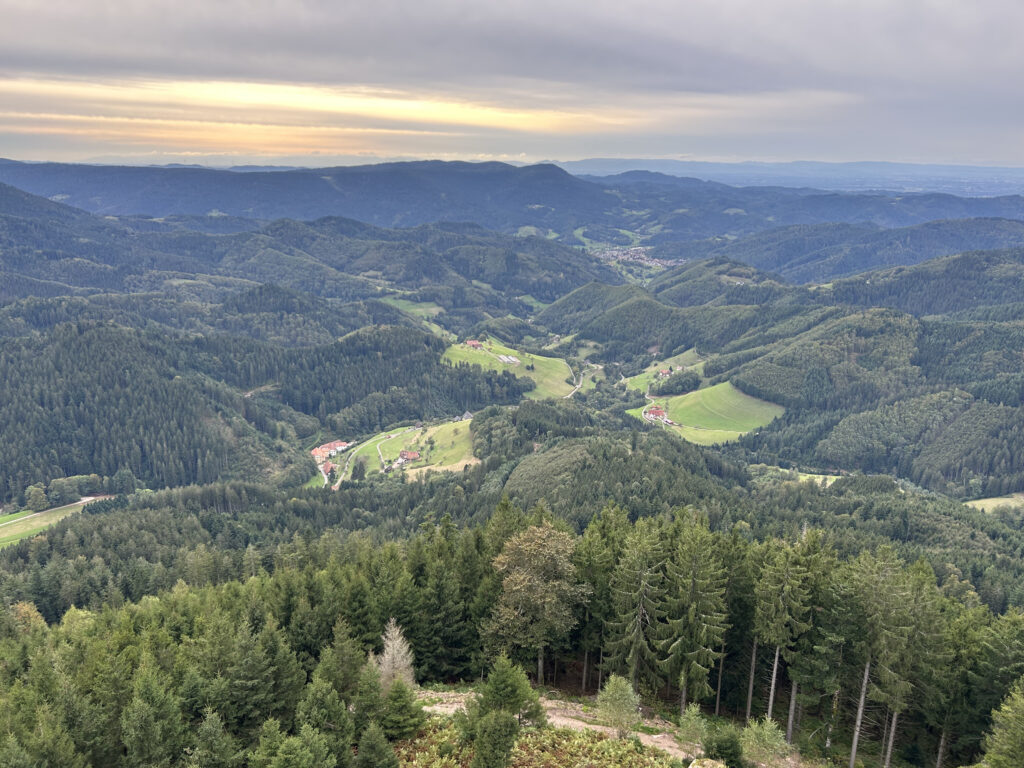
Follow-up – Incorporating the Lessons Into Daily Life
Two weeks after the retreat, I’ve already incorporated many of the breathing and meditation techniques into my morning routine. I now wake up between 5 and 5:30 a.m. on weekdays and between 5:30 and 6 a.m. on weekends, giving myself time for yoga and meditation before starting the day. I’m not here to convert anyone, but I do want to emphasize that the positive effects of these practices are backed by research.
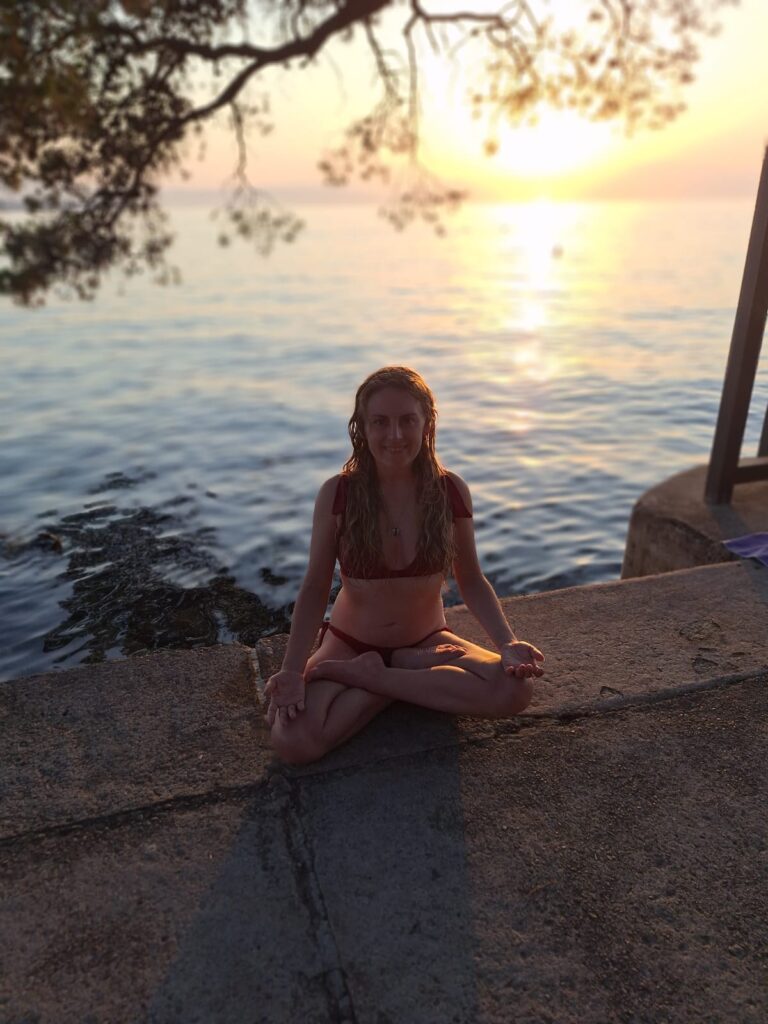
There are countless techniques out there—like Wim Hof breathing, box breathing, and Bhastrika—and while not every method works for everyone, I encourage you to explore and find what suits you. Personally, I feel more energized, yet calmer. Try it for yourself, and let me know what you discover.
Comments are closed